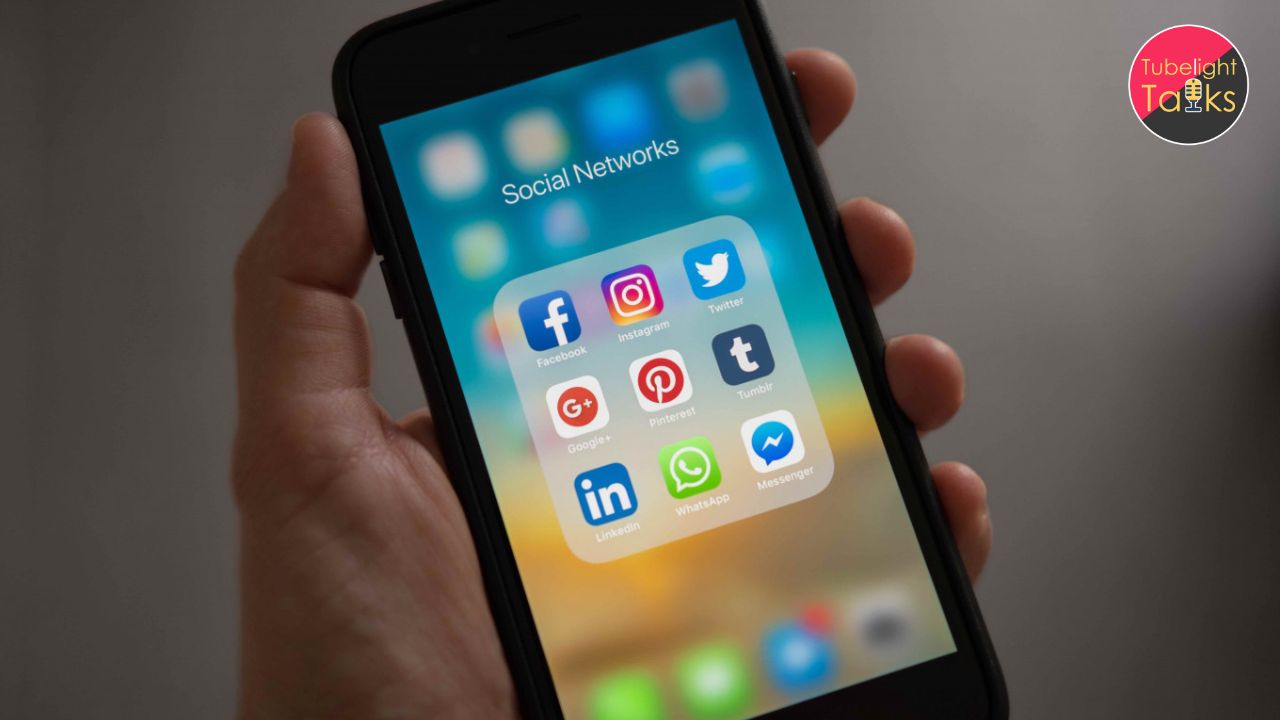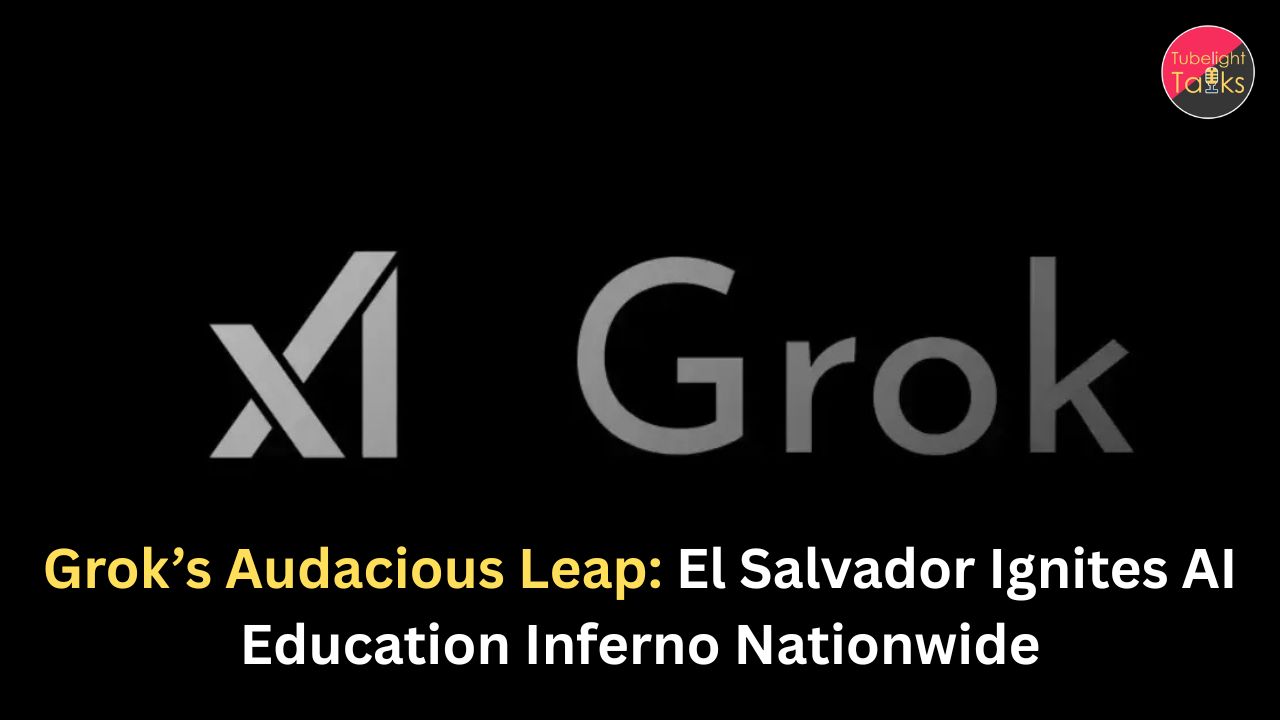Social media has become a great power in an era when we talk with one another every two seconds and send messages at lightning speed. It provides varied services that make everything from personal communication to development of brands, from fun to knowledge transfer possible again. Nevertheless, as is the case with every powerful instrument, it does have its constraints.
In this blog, we’ll explore the different types of social media platforms, their diverse uses, and the potential pitfalls they bring along.
Key Highlights
- Social media offers varied services from personal communication to brand development, but it has its limitations.
- Major social networking platforms like Facebook, LinkedIn, and Twitter are powerful for building personal and professional connections but pose risks like privacy invasion and cyberbullying.
- Microblogging platforms spread information quickly, but can also contribute to misinformation and reactionary conflicts.
- Visual platforms such as Instagram and YouTube highlight the importance of visuals for engagement but may encourage unhealthy comparisons and mental health issues.
- Forums like Reddit and Quora provide deep discussions but can spread unverified information and enable toxic behavior due to anonymity.
- Messaging apps like WhatsApp and Telegram facilitate fast communication but can lead to information overload and stress.
- Blogging platforms allow detailed content creation but can become echo chambers if not managed properly, and require consistency to maintain readership.
- Overarching issues with social media include addiction, mental health concerns, privacy risks, cyberbullying, and the rapid spread of fake news.
- Sant Rampal Ji Maharaj effectively uses platforms like YouTube, Facebook, and Twitter to share spiritual knowledge and uplift souls globally.
- Social media can be a powerful tool for connection and growth, but it must be used responsibly to avoid harmful effects.
Social Networking Platforms: Building Bridges or Burning Them?
When we think of social media, platforms like Facebook, LinkedIn, and X (formerly Twitter) often come to mind. These are the giants of social networking, designed to connect people on a personal and professional level.
Usage:
- Facebook is perfect for staying in touch with family and friends or joining groups of like-minded individuals.
- LinkedIn caters to professionals looking to network, find job opportunities, and share industry insights.
- Twitter enables quick, real-time interactions and news sharing in 280 characters or less.
Disadvantages: While these platforms help us build vast social and professional networks, they also expose us to significant risks. Privacy invasion is a real concern, with personal data being harvested for advertising. Cyberbullying and trolling are rampant, and oversharing can often lead to damaged reputations.
Pro Tip: Always review your privacy settings and think before you post.
Microblogging: Quick, but Sometimes Too Quick
Platforms like X(Twitter) are designed for bite-sized content. You can share thoughts, trends, and news with a global audience instantly.
Usage:
- Fast-paced information dissemination.
- Following news, trends, and live events.
- Engaging with followers or fans directly.
Disadvantages: However, the very nature of microblogging means content can be shared too quickly. Misinformation spreads like wildfire, and the character limit can sometimes lead to misinterpretation of messages. The platform’s fast-paced environment also encourages reactionary responses that often lead to unnecessary conflict or controversy.
Pro Tip: Double-check facts before you tweet and think twice before reacting.
Visual Platforms: A Picture is Worth a Thousand Likes?
In the age of Instagram, Snapchat, and YouTube, visuals are the king of content. These platforms are all about showcasing images, videos, and visual creativity.
Usage:
- Perfect for branding, showcasing lifestyle, products, or services.
- Building a personal or business brand via engaging visuals.
- Connecting with audiences through creative storytelling in photos and videos.
Disadvantages: However, with all the glamour comes the pressure of maintaining the “perfect” life. This can lead to mental health issues, especially when comparing oneself to curated, often unrealistic portrayals. Image manipulation, fake followers can distort reality, creating a false sense of accomplishment or insecurity.
Pro Tip: Focus on genuine engagement rather than chasing likes and views.
Forums and Communities: A Hub for Knowledge or Chaos?
Platforms like Reddit and Quora allow users to dive into deep discussions and ask questions on virtually any topic.
Usage:
- Gain insights from real-life experiences and expertise.
- Discuss niche interests and hobbies with passionate communities.
- Get solutions to questions from industry experts or knowledgeable users.
Disadvantages: However, anonymity can be a double-edged sword. While it allows for free expression, it can also lead to toxic behavior and trolling. Moreover, information shared on such platforms is not always verified, leading to the spread of misinformation.
Pro Tip: Always fact-check and don’t take every comment at face value.
Messaging Apps: Fast Communication, But Too Much?
Apps like WhatsApp, Messenger, and Telegram help people stay in touch.
Usage:
- Send private or group messages.
- Businesses can use them for customer service.
- Build communities through group chats.
Downsides:
Message overload, fake news, and pressure to reply quickly can cause stress.
Pro Tip: Mute unnecessary chats and check forwarded messages before sharing.
Blogging Platforms: Crafting Narratives or Echo Chambers?
Medium, WordPress, and Blogger allow users to publish longer-form content, offering space for deeper analysis, opinion pieces, and storytelling.
Usage:
- Great for thought leadership, building personal or professional brands.
- Ideal for detailed content creation in niche areas.
- Enables interaction with readers through comments and feedback.
Disadvantages: Though blogging platforms encourage depth and engagement, they can become echo chambers where only like-minded views are shared. Creating consistent, high-quality content is time-consuming, and without regular updates, it’s easy to lose readership.
Pro Tip: Consistency is key. Engage with your audience through meaningful responses.
The Dark Side of Social Media: General Disadvantages
Regardless of the platform, social media isn’t without its dark side. Here are some overarching concerns:
1. Addiction and Time Wastage:
Constant notifications, endless scrolling, and the fear of missing out (FOMO) can lead to social media addiction. Users often find themselves spending hours without realizing it, leading to a loss of productivity and digital burnout.
2. Mental Health Impact:
The endless comparison, validation-seeking through likes, and unrealistic portrayals of life can contribute to anxiety, depression, and low self-esteem.
3. Privacy Concerns:
Personal data is often shared unknowingly and sold to advertisers or third parties. Data breaches and identity theft are real threats on these platforms.
4. Cyberbullying and Harassment:
The anonymity of social media has made it easier for bullies to target individuals, leading to emotional and psychological distress.
5. Spread of Fake News and Misinformation:
One of the most damaging aspects of social media is how quickly false information can spread. Whether it’s fake news or manipulated content, the ripple effects can be catastrophic.
Pro Tip: Set healthy boundaries, be mindful of your mental health, and always verify information before sharing.
The Digital Era and the Spirituality:
In the fast-paced digital age, where constant engagement with social media often pulls us away from inner peace, there are beacons of hope using these platforms to spread the message of true spirituality. One such guide is Sant Rampal Ji Maharaj, who has embraced social media to share the profound teachings of true spiritual knowledge.
Sant Rampal Ji Maharaj has effectively utilized platforms like YouTube, Facebook, and Twitter to reach millions globally, delivering teachings from holy scriptures and guiding souls toward the path of salvation. His message revolves around the importance of understanding and following the true spiritual path as mentioned in sacred texts like the Vedas, Gita, and Bible.
How Sant Rampal Ji Maharaj Uses Social Media for Spiritual Upliftment:
- YouTube: Through live discourses and videos, Sant Rampal Ji Maharaj explains the true meanings of spiritual teachings (Satsang).
- Facebook & Twitter: These platforms are used to share daily spiritual quotes, run trending hashtags related to current events that inspire and encourage people to seek the true knowledge.
- Online Satsangs: During these online Satsangs, followers across the globe can listen to Sant Rampal Ji Maharaj’s teachings from the comfort of their homes, breaking geographical barriers.
By using these platforms responsibly, Sant Rampal Ji Maharaj provides a shining example of how social media can be a positive force—guiding individuals to lead a truthful and spiritual life, while freeing them from the distractions of materialism.
Official handles of Sant Rampal Ji Maharaj on Social Media
Instagram- @spiritualleadersaintrampalji
Youtube- @SantRampalJiMaharaj
X(Twitter)- @SaintRampalJiM
Conclusion: Striking the Right Balance
Social media, while a marvel of modern communication, is a double-edged sword. It holds immense potential for personal growth, brand building, and global connection. But to harness its power responsibly, users must navigate the fine line between engagement and overuse, between connecting and comparing.
On balance, although social media can be used for many good things, it can also cause much harm if misused. It is essential for users of social media platforms to understand this fact before making negative comments about such services like Facebook and Twitter just because of individual experiences. The importance of protecting your privacy from prying eyes cannot be understated when using social networking sites including Instagram.
Final Thought: Social media is a tool. How you use it determines whether it builds or breaks.
FAQs on Social Media Types: Usage and Disadvantages
1. What are the primary uses of social networking platforms like Facebook, LinkedIn, and Twitter?
Facebook is commonly used for staying in touch with family, friends, and joining interest-based groups. LinkedIn is focused on professional networking, job searching, and industry insights, while Twitter (X) enables quick, real-time communication and news sharing in short-form content.
2. What are some disadvantages of using visual platforms like Instagram and YouTube?
Visual platforms often create pressure to maintain a “perfect” life, which can lead to mental health issues due to comparisons. Additionally, image manipulation and fake followers distort reality, creating insecurities and false senses of accomplishment.
3. How does anonymity on forums and communities like Reddit and Quora affect user behavior?
Anonymity can foster free expression, but it also leads to toxic behavior such as trolling. Since information shared is not always verified, it can result in the spread of misinformation, making it important to fact-check before believing or sharing.
4. What is the impact of social media on mental health?
Social media can contribute to anxiety, depression, and low self-esteem due to constant comparison with others, seeking validation through likes, and being exposed to unrealistic portrayals of life. Overuse of platforms can also lead to digital burnout.
5. What are the general privacy concerns associated with social media platforms?
Users often unknowingly share personal data that can be sold to advertisers or third parties. Data breaches and identity theft are also serious risks, making it essential to review privacy settings and be cautious about the information shared online.










